Egg Farmers of Newfoundland
& Labrador
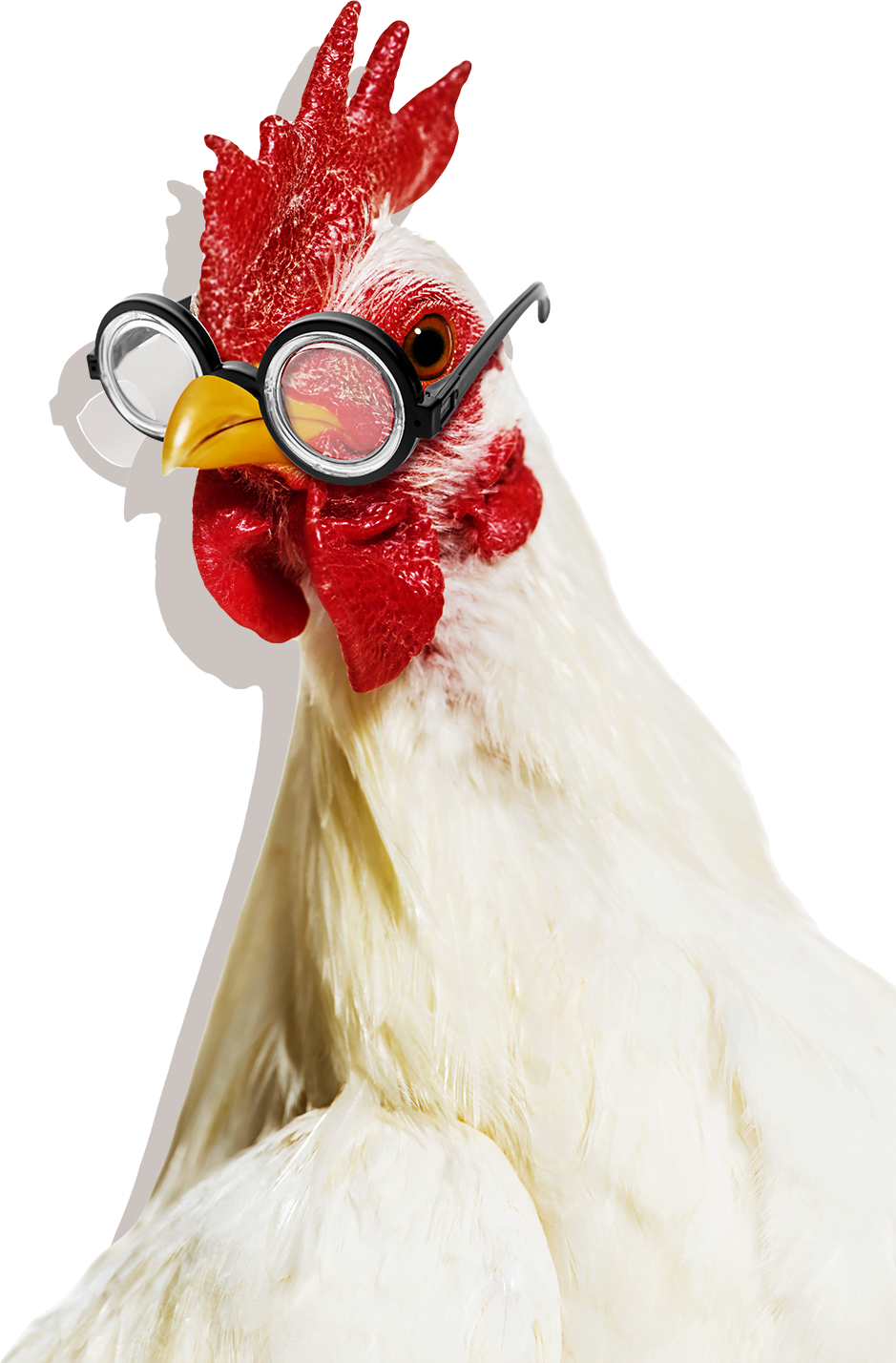
Eggs 101
All About the Egg
Eggs 101 is designed to teach Newfoundlanders and Labradorians everything there is to know about eggs.
Want to find out where our eggs come from, how they’re kept fresh, or their anatomy and nutrition?
Find out more and become a certified eggs-pert.
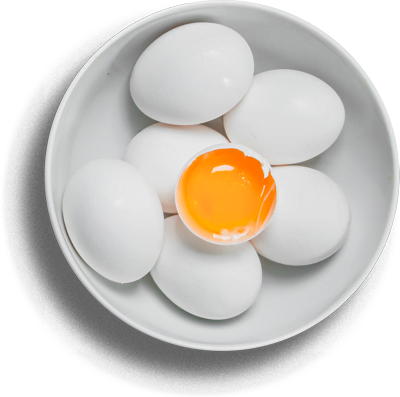
Journey of the Egg
The Incubation Stage
Each egg’s journey begins at the farm’s hatchery where fertilized eggs from breeding flocks are placed in special incubators to grow and develop. Twenty one days later, our incubated eggs hatch into baby chicks.
The Pullet Barn
Each chick is then brought to the farm’s pullet barn, a special barn for young hens, where they stay for 19 weeks until they’ve matured into fully grown hens. Each hen is then brought to the laying barn where they can comfortably begin laying eggs.
The Laying Barn
Much goes into preparing for a new flock of hens! It’s one of the busiest times for our egg farmers and their team of staff. The barn is thoroughly cleaned and all the equipment is inspected to make sure it’s up to standard. The farmers also check their laying barns daily to make sure their hens are healthy and comfortable.
https://www.high-endrolex.com/47
Did you know?
Where brown eggs and white eggs come from?
It’s simple: eggs with white shells come from birds with white feathers and eggs with brown shells come from hens with brown feathers!
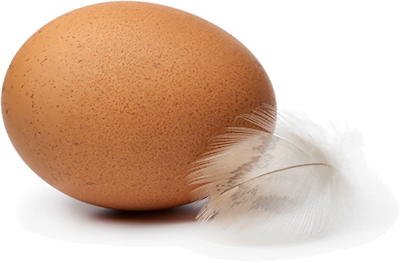
What Do Farmers Feed Their Hens?
Our farmers work with nutrition specialists to ensure that we have healthy hens, and therefore, healthy eggs!
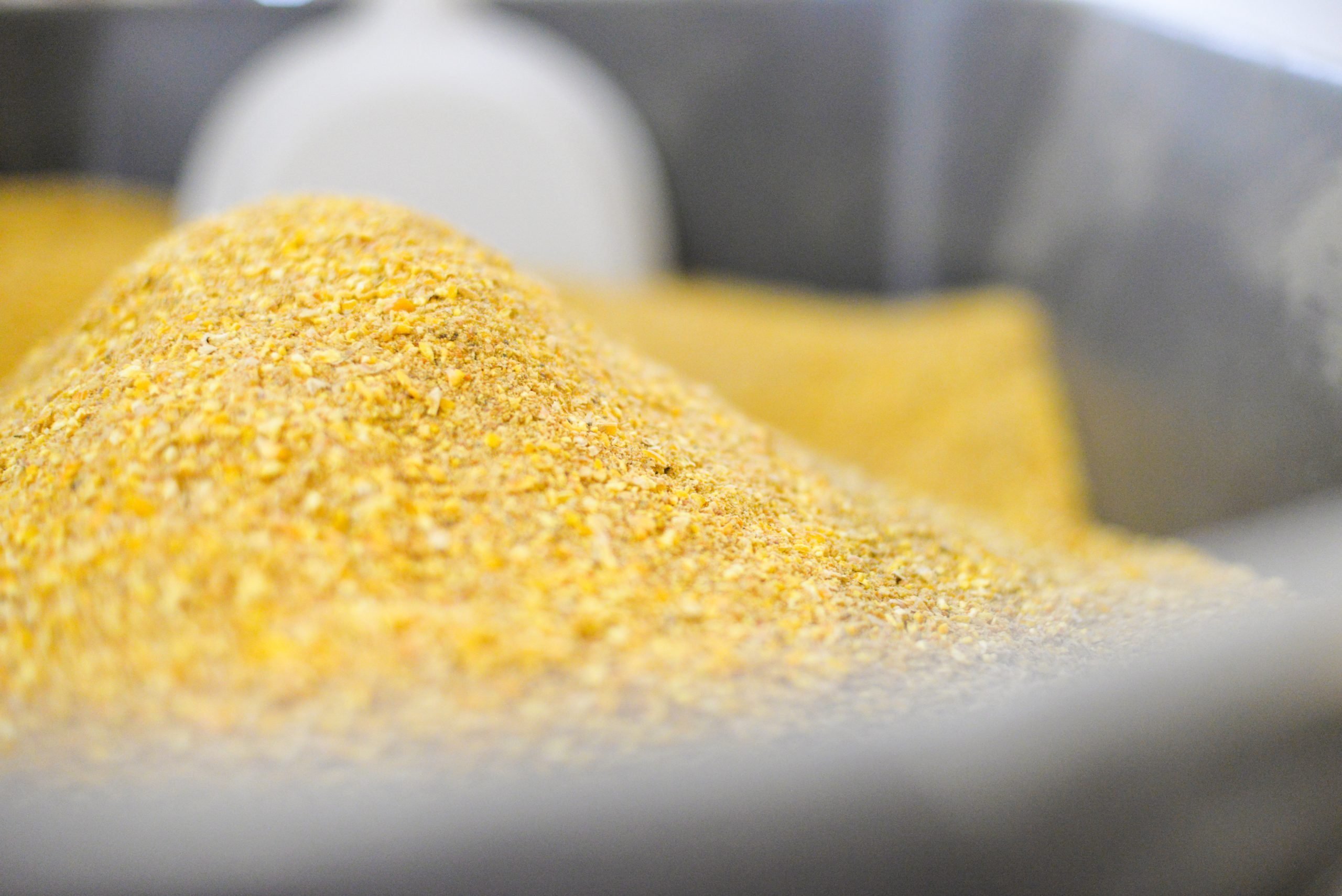
This is made possible by ensuring that our hens receive a balanced diet consisting of grains, proteins, fats, and minerals. Wheat, corn, barley, rye and oats in the feed provide energy, and are also sources of protein, fibre, vitamins, and minerals. Legumes (like soybeans and peas), and oilseeds (like canola and flax), are more concentrated sources of dietary protein and fat.
Some farmers choose to use feeds that contain a small amount of products like dried eggshell, meat and bone meal. These are safe and nutritious sources of energy, protein, calcium and phosphorous. Fats from vegetable or animal sources provide energy, while calcium and phosphorus from various sources help maintain strong bones and support daily eggshell formation.
Regardless of the mix of ingredients, our egg farmers follow strict feed regulations set by the Canadian Food Inspection Agency (CFIA) to ensure the healthiest eggs are produced. Each hen’s feed is always free of added steroids, hormones, or antibiotics.
Did you know?
A hen’s diet can change the colour of the egg’s yolk?
For example, wheat-based diets, which are more common in the western provinces, make pale yellow yolks. While corn-based diets make for a darker coloured yolk!
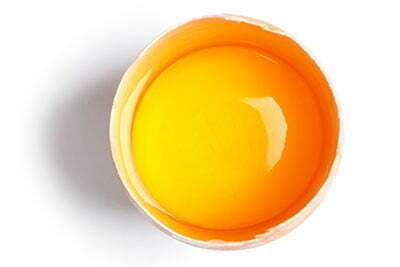
Egg Grading Station
From the Laying Barn, the eggs then travel to a grading station registered with the Canadian Food Inspection Agency where they are washed, gently scrubbed, and dried to clear away any dirt or bacteria from the shell. Following the wash, the egg quality is examined using a process called “candling” where the egg passes over a bright light, revealing the condition of the shell, the size of the air cell and whether the yolk is well-centered. The eggs are then separated into grades based on predetermined criteria, packaged according to their weight and delivered to the store.
Egg Breaking Station
Eggs are washed and candled to verify they meet Canadian standards for liquid and dried egg products once they arrive at the breaking station. An automated machine, called a “breaker,” breaks the eggshell, and in some cases separates the yolks from the whites. These eggs are then pasteurized and processed into liquid, frozen or powdered form to be used in restaurants and bakeries, or to make other products such as mayonnaise or shampoo.
Eggs At Your Store
Much goes into preparing for a new flock of hens! It’s one of the busiest times for our egg farmers and their team of staff. The barn is thoroughly cleaned and all the equipment is inspected to make sure it’s up to standard. The farmers also check their laying barns daily to make sure their hens are healthy and comfortable.
In Your Kitchen
Congratulations! You just bought some fresh, locally produced, Grade A eggs. Now what?
It’s important to store your eggs in their carton in the body of the fridge. This not only keeps your eggs at a consistent temperature, but also keeps the yolk centred, and shelters their porous shells from other foods in your fridge.
Happy eating!
Types of Eggs
From classic white and brown eggs to free range and free run to organic, omega-3 or vitamin D enhanced, NL egg farmers provide you with choices. Our eggs all have one thing in common: they are all produced to the same high standards. No matter what type of egg you choose, they all make a nutritious and delicious choice!
- Regular white or brown eggs come from hens that are housed in small group settings with plenty of access to food and water.
- Vitamin-enhanced eggs have more of a certain nutrient (e.g. vitamin D or omega-3). Hens are fed a nutritionally-enhanced diet containing higher levels of certain nutrients that make their way from the diet of the hen into the egg.
- Organic eggs come from hens raised in a free-range system with access to the outdoors. Hens are fed a certified organic feed.
- Furnished or enriched eggs come from hens that are housed in small group settings with amenities such as perches and a curtained-off area where hens lay their eggs.
- Free run eggs come from hens that roam the entire barn floor. Some of these barns may be equipped with multi-tiered aviaries.
- Free range eggs come from hens that roam the barn floor and when weather permits, go outside to pasture. Outdoor access is only seasonally available in Canada.
- Processed eggs are shell eggs broken by special machines and pasteurized. They are further processed and packaged in liquid, frozen or dried form.
Quality of Our Eggs
Newfoundland eggs are produced according to some of the highest possible standards to ensure the eggs you buy are fresh, high quality, and clean.
To guarantee that the eggs you buy are of the highest quality, Newfoundland egg farmers follow two important programs:
Newfoundland egg farmers partake in Canada’s nationwide Animal Care Program to ensure each hen is provided with clean water, fresh food, and a clean environment. This program ensures that our hens are healthy and happy. Newfoundland egg farmers also partake in Canada’s comprehensive on-farm food safety program, called Start-Clean, Stay-Clean™. This program ensures the highest quality of cleanliness at our farms through frequent visits by trained field inspectors and mandated standards for storage, cleanliness, air quality, feed, and record keeping.
Egg Anatomy and Nutrition
Have you ever wondered what that white stringy bit attached to the yolk is called or what vitamins and minerals are in the average egg?
Here is everything you will ever need to know about the anatomy of an egg and more!
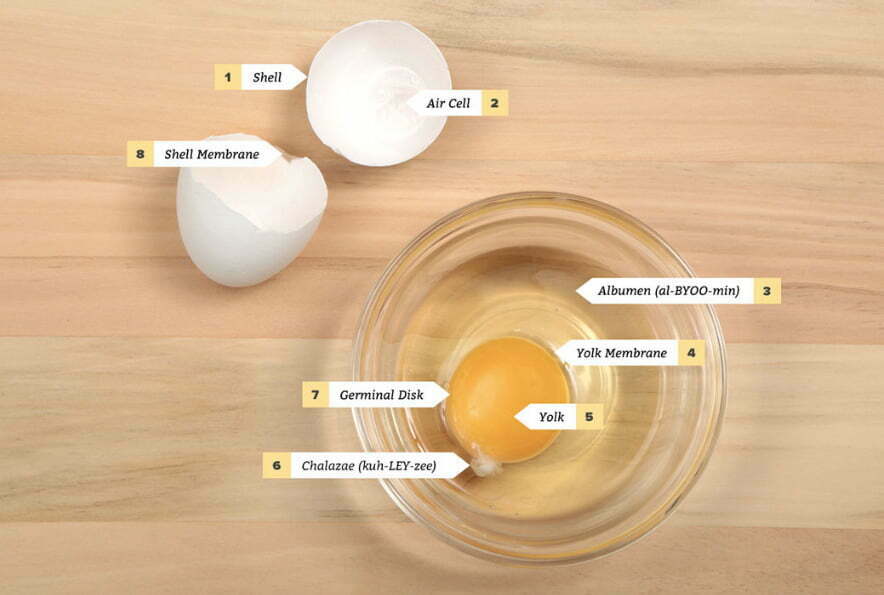
Image courtesy of eggs.ca
1. Shell
The egg’s first line of defence against the entry of bacteria. Can be white or brown, depending on the breed of the hen; the nutritional value of the egg is the same. Approximately 10,000 tiny pores allow moisture and gases in and out.
2. Air Cell
Formed at the wide end of the egg as it cools after being laid. The fresher the egg, the smaller the air cell.
3. Albumen
Albumen (al-BYOO-min) is the egg white and represents 2/3 of an egg’s weight. There are two layers: thick and thin albumen. Mostly made of water, high-quality protein, and minerals.
4. Yolk Membrane
The yolk membrane (vitelline membrane) surrounds and holds the yolk. The fresher the egg, the stronger the membrane.
5. Yolk
The egg’s major source of vitamins and minerals and represents 1/3 of an egg’s weight. Colour ranges from light yellow to deep orange, depending on the hen’s feed. The colour of the yolk does not affect the egg’s nutritional value.
6. Chalazae
The chalazae (kuh-LEY-zee) is a pair of spiral bands that anchor the yolk in the centre of the thick albumen. The fresher the egg, the more prominent the chalazae.
7. Germinal Disk
This appears as a slight depression on the surface of the yolk. The entry for the fertilization of the egg.
8. Shell Membrane
The egg’s second line of defence against bacteria. There are two membranes on the inside of the shell: one sticks to the shell and the other surrounds the albumen.
Nutrition
Nutrition Facts
Two large (105g) Grade A eggs contain 13g of protein and only 160 calories.
Canada’s Food Guide considers eggs to be a valuable source of high-quality protein. Here are some of the vitamins and minerals of an egg and how they benefit you:
Nutritional Informationper 105g serving |
Calories 160 Cal
Fat 11 g
Cholesterol 400 mg
Sodium 130 mg
Carbohydrate 1 g
Protein 13 g
Iron
Carries oxygen to the cells, helps prevent anemia.
Vitamin D
Strengthens bones and teeth; may help protect against certain cancers and auto-immune diseases.
Vitamin B12
Helps protect against heart disease.
Vitamin A
Helps maintain healthy skin and eye tissue; assists in night vision.
Folate
Helps produce and maintain new cells; helps prevent a type of anemia, helps protect against serious birth defects if taken prior to pregnancy and during the first 3 months of pregnancy.
Selenium
Works with vitamin E to act as an antioxidant to help prevent the breakdown of body tissues.
Protein
Essential for building and repairing muscles, organs, skin, hair and other body tissues; needed to produce hormones, enzymes and antibodies; the protein in eggs is easily absorbed by the body.
Lutein and zeaxanthin
Maintains good vision; may help reduce the risk of age-related eye diseases, such as cataracts and macular degeneration.
Choline
Plays a strong role in brain development and function.
Egg Storage, Freshness, and Food Safety
Keep it Fresh: How to Store Eggs
We know a lot of people like to throw away the egg carton when they get home and store their eggs in the little egg caddy that comes with your fridge or in a separate bowl. This may look pretty, but we recommend always storing your eggs in their original carton. Why? Firstly, the carton protects the eggs and prevents them from absorbing strong odours and flavours of other foods in your fridge through the thousands of tiny pores in the eggshell. Secondly, the Best Before Date is always visible to you so you can guarantee freshness. Lastly, eggs should always be stored with the large end up, the same way they are packaged in the carton. This helps the yolk remain centred.
Other tips for storing raw and cooked eggs:
- Eggs should not be stored on the refrigerator door, but in the main body of the refrigerator to ensure that they keep a consistent and cool temperature.
- Leftover raw egg whites and yolks should be put in airtight containers and stored in the refrigerator immediately. To prevent yolks from drying out, cover them with a little cold water. Drain the water before using.
- When storing hard-boiled eggs, you may notice a “gassy” odour in your refrigerator. The odour is caused by hydrogen sulphide, which forms when eggs are cooked. It’s harmless and usually dissipates in a few hours.
Recommended Storage Times for Eggs
- Fresh shell eggs: By best before date
- Leftover yolks or whites: Within 2 to 4 days
- Hard-Boiled eggs: Within 1 week
Prepared egg dishes: Within 3 to 4 days - Pickled eggs: Within 1 month
- Frozen whole eggs (blended): Within 4 months
Cooking Food Safely
When preparing perishable foods, including eggs, follow these four simple steps to make sure food is prepared safely:
- Clean – Wash hands and surfaces often. Proper handwashing may eliminate nearly half of all cases of food-borne illness.
- Chill – Refrigerate/freeze food promptly. Cold temperatures can prevent the growth of most types of harmful bacteria.
- Separate – Don’t cross-contaminate. Keep raw meat/poultry/seafood and their juices separate from one another and other food during storage and preparation.
- Cook – Cook meat, poultry and eggs to proper temperatures.
Here are a few more simple guidelines to follow when preparing and serving eggs:
- Serve eggs and food prepared using eggs immediately after cooking or refrigerate and use within three to four days.
- For entertaining, serve all egg dishes within two hours. Cold egg dishes and beverages should be kept on ice.
- If a recipe calls for eggs at room temperature, immerse them in warm water for a few minutes.
- To prevent toughness, always use moderate heat and controlled cooking times for eggs. Don’t eat cracked eggs or eggs that have been out of the refrigerator for more than two hours. Use a glass or metal bowl instead of a plastic bowl when making meringue. The greasy film on a plastic bowl can prevent foaming. The egg yolk and white separate best when they are cold.
- Egg whites will beat to a better volume if they’re allowed to stand at room temperature for 20 to 30 minutes before beating. Unless otherwise specified, most recipes are written based on the use of large eggs.
- One large egg = ¼ cup or 4 tablespoons or 50 mL.
How to Freeze Eggs
Did you know that you can freeze eggs?
Certain kinds of raw and prepared eggs (not in their shells) can easily be frozen following these simple instructions:
Whole eggs: Beat eggs just until blended, pour into freezer containers and seal tightly. Label the container with the number of eggs and the date, and freeze.
Whites: Break and separate the eggs one at a time, making sure that no yolk is mixed in with the whites. Pour them into freezer containers, seal tightly, label with the number of egg whites and the date, and freeze. For faster thawing and easier measuring, first freeze each white in an ice cube tray and then transfer to a freezer container.
Yolks: Egg yolks require special treatment. The gelation property of yolk causes it to thicken or gel when frozen. If frozen as-is, egg yolks eventually become so gelatinous they are almost impossible to use in a recipe. To help slow this process, beat in either ⅛ tsp (0.5 mL) salt or 1½ tsp (7mL) sugar or corn syrup per ¼ cup (50 mL) egg yolks (4 yolks). Label the container with the number of yolks, the date, and whether you’ve added salt (for main dishes) or sweetener (for baking or desserts)
Hardboiled: Hardboiled yolks can be frozen to use later for toppings or garnishes. Carefully place the yolks in a single layer in a saucepan and add enough water to come at least 1 inch above the yolks. Cover and quickly bring just to boil. Remove from heat and let stand, covered, in the hot water for about 15 minutes. Remove with a slotted spoon, drain well and package for freezing. Hardboiled whole eggs and whites become tough and watery when frozen, so don’t freeze them.
Cooking with Frozen Eggs
To use frozen eggs for cooking or baking simply thaw them overnight in the refrigerator or under running cold water. Use the eggs as soon as they’re thawed and only in dishes that will be thoroughly cooked. The following is a list of the recommended substitutions for raw eggs.
Substitute 2 tbsp (30 mL) thawed egg white for 1 large fresh white.
Substitute 1 tbsp (15 mL) thawed egg yolk for 1 large fresh yolk.
Substitute 3 tbsp (45 mL) thawed whole egg for 1 large fresh egg
How to tell if eggs are fresh
The easiest way to tell if your eggs are fresh is by the Best Before Date on your egg carton, so it’s best to always keep your eggs stored in their original carton.
Here are a few more simple ways to determine the freshness of your eggs:
- Grade A eggs have a firm white, a small air cell at the wide end and a centred yolk.
A fresh egg will sink in water while an older egg will float. As an egg ages, the size of the air cell inside increases, causing it to float. - In a fresh egg, the yolk sits up high, and the white is thick and closely surrounds the yolk. An older egg has a flat yolk that breaks easily and a thin, watery white.
- To differentiate between hardboiled eggs and raw eggs, simply spin it. A hardboiled egg will spin longer than a raw egg. The liquid centre in a raw egg prevents it from building up enough momentum to keep turning.
- A cloudy egg white is a sign of freshness, not age: the cloudiness is the result of the high carbon dioxide content when the egg is laid.
FAQ
How do I contact Egg Farmers of Newfoundland?
EFNL can be contacted via:
Telephone: +1 (709) 722-2953
Fax: +1 (709) 722-6204
Email: info@nleggs.ca
P.O. Box 175, Mount Pearl NL A1N 2C2
Why are eggs different sizes?
Egg size is related to the age of the hen — as a hen gets older, she lays larger eggs. Eggs are sorted at the grading station based on weight, not circumference, and packaged accordingly into the following sizes: pee wee, small, medium, large, extra large or jumbo.
What does the best before date mean on eggs?
The best before date indicates the time the eggs will maintain Grade A quality, if stored properly. It is normally 28 to 35 days from the date of packing. If you use them after that date, they are better for baking, hard boiling or scrambling rather than poaching or frying.
How are eggs certified organic?
Eggs that are sold as organic are produced under specific standards laid out by the Canadian General Standards Board and certified by a reputable organic certification board. All certified organic eggs in Canada are produced in free range operations and the hens are fed certified organic feed.
What's the difference between free-run and free-range eggs?
Free run eggs come from hens that roam the entire barn floor. Some of these barns may be equipped with multi-tiered aviaries. Free range eggs come from hens that roam the barn floor and when weather permits, go outside to pasture. Outdoor access is only seasonally available in Canada.
There are no differences between the nutrient content of these eggs and classic shell eggs.
Why are egg yolks such different colours?
The food a hen eats affects the yolk colour of her eggs. Generally speaking, if she eats a wheat-based diet, she lays eggs with pale yellow yolks. Feed that contains corn or alfalfa produces eggs with medium or darker yellow yolks.
How many calories are in an egg?
There are 80 calories in an average large egg.
Why do I see some eggs with a code on the shell?
In some parts of Canada, a code is stamped onto the eggshell. This code is part of a traceability system which identifies information like the farm where the eggs comes from, the place it was graded, and the best before date.
Why does environmental sustainability matter to NL and Canadian egg farmers?
Environmental sustainability is important to farmers – it ensures a bright future for the next generation. Over the past 50 years, Canadian egg production has increased by 50%, but the environmental footprint of Canadian egg farms decreased by 50%. We aim for continuous improvement, seeking new ways to make egg production even more environmentally sound.
Do eggs have complete protein?
Eggs are a source of complete protein, meaning they contain all 9 essential amino acids. “Essential” means that the body can’t synthesize these amino acids on its own, which is why we need to include them in our diet. Amino acids help to form protein in the body.
